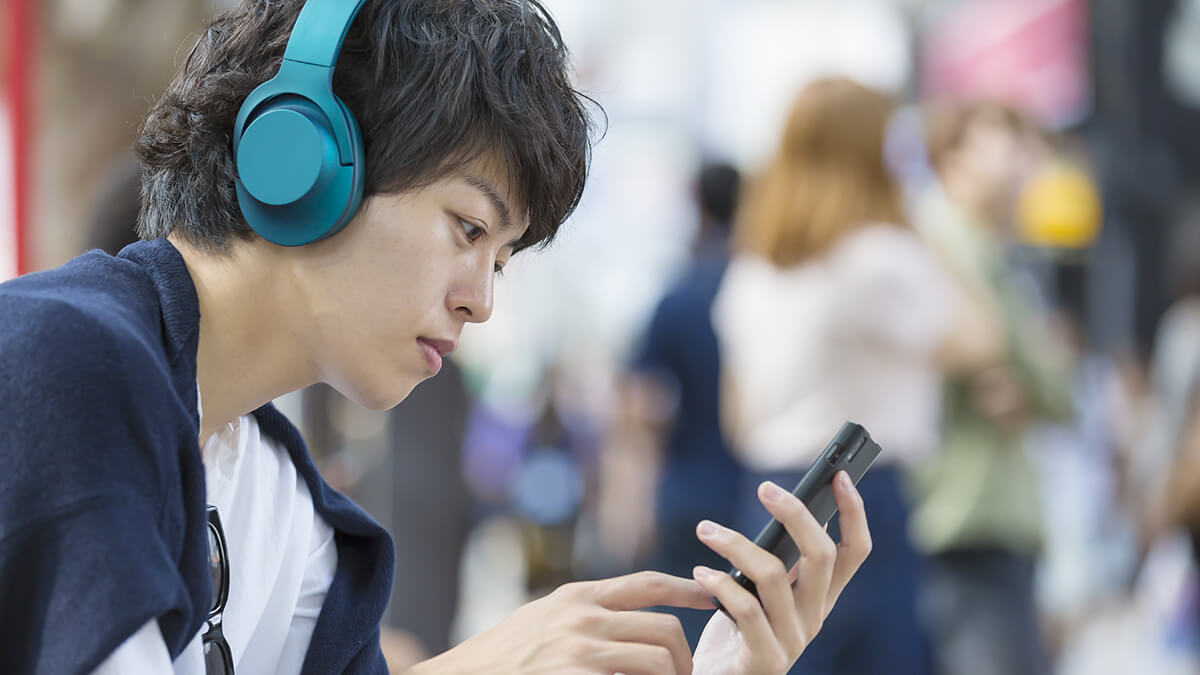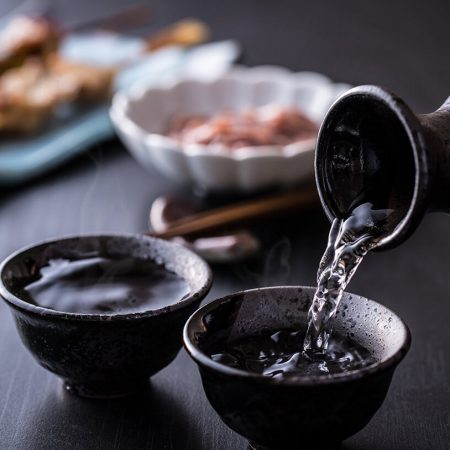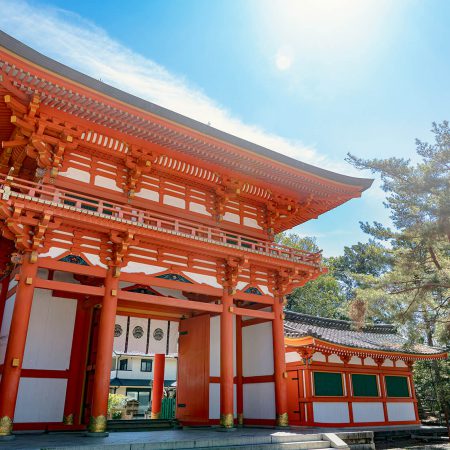Japanese mobile phones are very complicated… Explanation of recommendation

Japan — at the forefront of technology over the years — has always dominated the tech market. World-renowned companies like Toyota, Sony, Canon, Nintendo, and Honda have proven that the Japanese always create the most innovative items. They aim to make technology easy to understand and accessible for everyday men and women.
Cars, appliances, video games, computers, artificial intelligence, you name it — Japan always has its hands on anything high tech. The Japanese might have a knack for making extremely advanced and complicated technology easy to use, but one thing they have not made as easy for outsiders to understand is the country’s phone culture.
From Japan’s multiple mobile phone carriers to the best handset deals, there’s so much to understand and learn about the complex Japanese cell phone culture, especially for gaijin or foreigners.
Table of contents
Network providers and plans

Multiple mobile phone carriers occupy the Japanese market. The Japanese mobile phone market is one of the biggest markets in the world, so companies always vie for the upper hand in the demographic. But 3 companies overshadow their competitors and have control over the majority of the Japanese demographic:
docomo
– Docomo is an abbreviation of the phrase “Do Communications over the Mobile network.” Most of the Japanese market prefer Docomo because they have the best network coverage among all the providers. They pioneered the concept of an “emoji”.
au by KDDI
– The name au is actually based off the Japanese verbs 会う and 合う meaning “meet” and “unite”. The “a” could also mean access, always, and amenity. While “u” also means unique, universal and user. au has the most extensive array of phone choices for users.
Softbank
– This is Softbank’s telecommunications department. Many consider Softbank to offer the best options for data usage. They have a wide array of packages with data plans that allow users to consume unlimited data to go along with an excellent voice plan.
All 3 have strong 3G and 4G LTE networks across Japan. These major Mobile Network Operators (MNO) offer 2 types of contracts for their users: postpaid plan and prepaid credit.
Prepaid credit plans offer users a brand new phone. As the name suggests, you have to pay before you use it. Prepaid sim cards cost between 3,000 JPY to 5,000 JPY.
Same with prepaid, a postpaid plan contract also comes with a new phone, although you will have to pay for both the plan and the phone monthly. This is more practical if you’ll be in the country for an extended period.
But aside from the major ones, there are also network services with less-expensive plans. They are MVNO (Mobile Virtual Network Operator). These providers use MNO companies as networks to offer service to users.
MVNO has 2 kinds of sim cards: voice sim cards and data sim cards.
Voice sim cards come with a phone number and are traditional sim cards with data. Meanwhile, data sim cards do not come with a contact number and are unable to call other users. This plan, however, allows their users to access and communicate through websites like Skype, Messenger, etc. Japanese people usually use their data sim cards for their secondary phones and tourists use them for their main ones. Both voice sim cards and data sim cards offer 3, 5, 6, 7, 10, and 13 GB plans.
Requirements to acquire a mobile phone subscription

If you are planning to stay for a long time in Japan, obtaining a mobile phone is highly suggested, but it is also a long procedure for foreigners. Japanese mobile phone companies now mandate a stricter system for foreigners to go through and require specific prerequisites for most gaijin to follow.
Mobile phone companies now demand foreigners to have proper identification cards like residence cards, valid IDs, and passports. They also need to know certain bank-related information such as the name of your bank, the branch in which you transact most often, the account name, and the account number.
People under the age of 20 are not allowed to acquire a phone contract. Teenagers need to be accompanied by an adult for application. The adults are also obliged to pass their credentials and sign on behalf of the teens.
Short-term options

There are a few choices for you to select if you are only planning to stay in the country for a quick stopover. These are practical because you won’t have to go through the hassles of subscriptions and plans.
The first option is to rent a phone. Renting a phone is unusual in other countries, but is pretty common for tourists in Japan. Tourists can rent phones in airports or online, and also return the handheld gadgets there as well. Mobile phone rental businesses typically require tourists an ID photo and credit card information.
Regular phones usually cost about 400 JPY per day, and smartphones start at around 1000 JPY. Aside from renting a phone, you can also rent a pocket (portable) wi-fi. These are available for 6000 JPY on a 10-day use.
Buying a prepaid phone is also reasonable. You can control the amount of activity that you do on your phone by choosing how much credit you spend. Phone prices start at 4000 JPY and could go up to 7000 JPY for the high-end ones.
If your phone is not sim-locked to a particular provider, you can easily purchase a new sim card for your phone at airports. Although most sim cards being sold are for data use only. They cost 4000 JPY per month.

If you will be staying in the country for a long period, it is highly advisable that you apply for a mobile phone contract. But if you are only in Japan for a vacation, renting phones or pocket wi-fi and buying a sim card is recommended.
We hope this article will help you understand the Japanese mobile phone culture a little bit more. If you have any more comments, use your phones as we’re only one message and comment away.
Motto Japan, the community platform to support foreigners with the foundation for life in Japan, including Japanese study, job opportunities, and housing service. Motto Japan Media will provide a wide variety of information for Japanese fans all over the world, to create a cross-cultural environment and enrich the life of foreign residents in Japan!













Leave a Reply